The Toda people are a small tribal community who live far away from Nilgiri plateau in the hill country of Southern India.
They reside in small Toda Huts also referred to as Todas Hamlets. These structures, set at a distance of around 5.6 km from the mainland of Ooty, are an original representation of Toda community still in existence.
The curious structure does not have windows and the semi barrel shape huts are so small that people need to bend over to enter from the main door.
Each hut has only a tiny entrance at the front—about 3 feet (90 cm) wide, 3 feet (90 cm) tall. The unusually small entrance serves as a means of protection from the weather as well as the sudden attack of wild animals.
The front portion of the hut is decorated with the Toda art forms, a kind of rock mural painting. On each side of the doorway is a raised platform, equivalent to a verandah or thinna (built–in-seat), a semi-private area where people sit and talk.
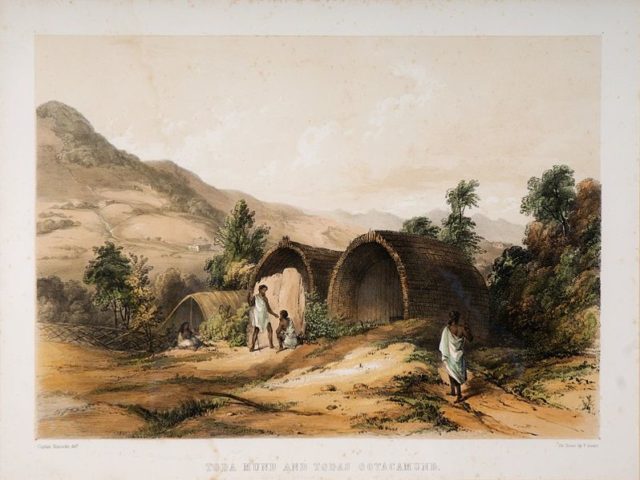
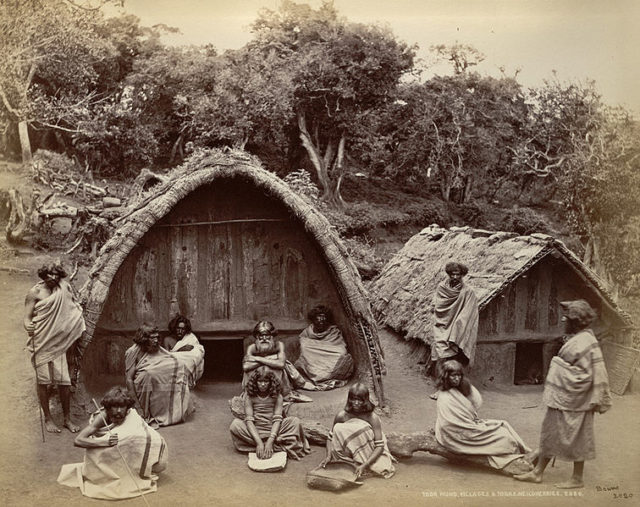
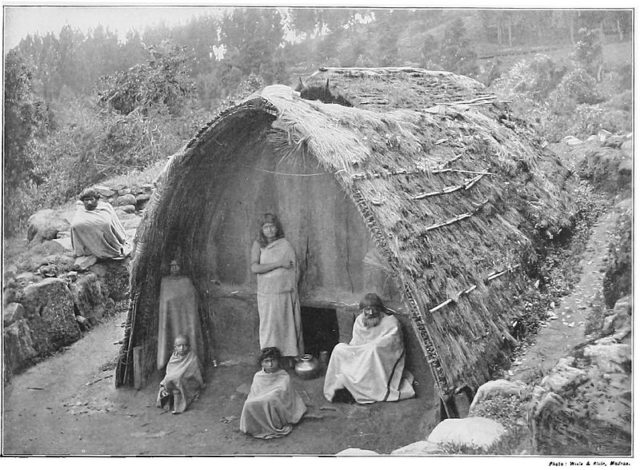
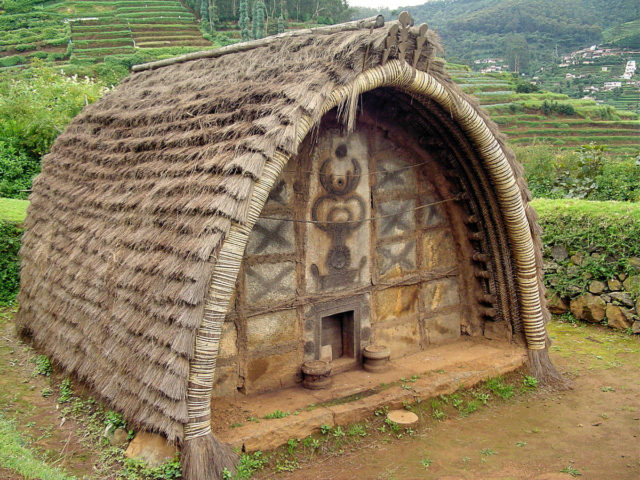
Toda temples are constructed in a circular pit lined with stones and are quite similar in appearance and construction to Toda huts.
The temples called paluvarsh have the same shape with slight differences. The other type, called poovarsh, are cylindrical with a long conical roof. This is considered more sacred than paluvarsh as the main festivals of Toda are conducted here.
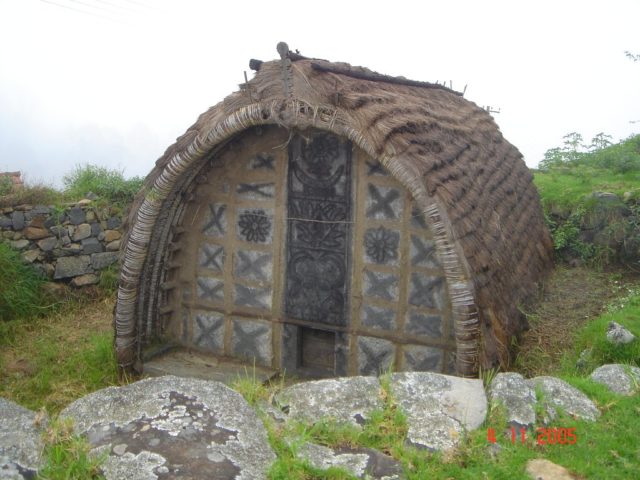
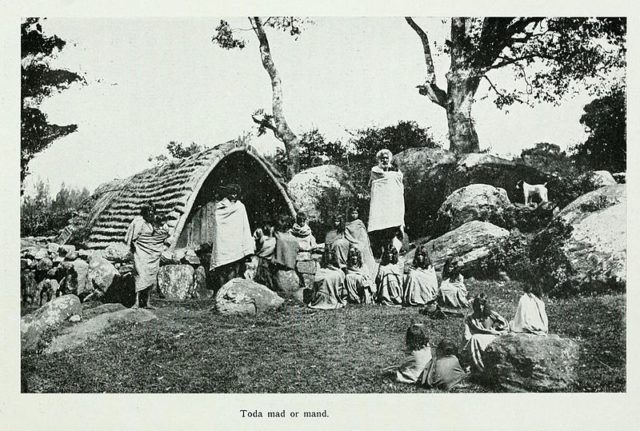
Although many Toda have abandoned their traditional distinctive huts for concrete houses, a movement has gained momentum to build traditional huts. The forced interaction with other peoples with technology has caused a lot of changes in the lifestyle of the Toda.
During the last decade, forty new huts have been built and many Toda sacred dairies have been renovated. Each has a narrow stone pit around it and the tiny door is held shut with a heavy stone.
Only the priest may enter it. It is used for storage of the sacred of buffalo milk.
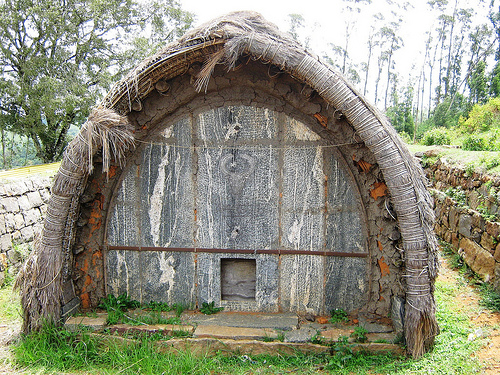
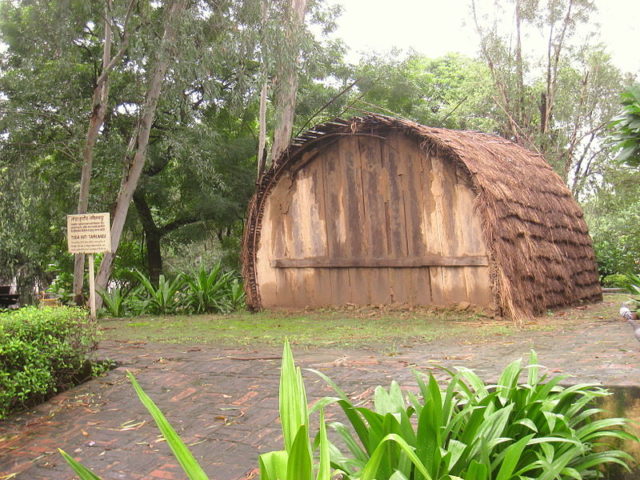
The religious and funerary rites provide the social context in which complex poetic songs about the cult of the buffalo are composed and chanted.
The Toda lands are at the present a part of The Nilgiri Biosphere Reserve, a UNESCO-designated International Biosphere Reserve; their territory is declared UNESCO World Heritage Site.
